The Historic Cane Hill Museum is located at 14335 S Hwy 45 in Canehill, AR.
The Museum is open to the public Thursday-Saturday 10:00 am – 2:00pm.
Call (479) 824-4455 ext. 2 or email museum@historiccanehillar.org to schedule a tour.
The Historic Cane Hill Museum presents even more insight into the remarkable story of Cane Hill – one of the most historically significant communities in Arkansas. The museum features a collection of objects, offering connections to the people who inhabited this community. These pieces are touchstones, providing a deeper understanding of their lives, the times they lived in, and the events they experienced.
The building itself was originally constructed around 1945 as the Shaker Yates Grocery Store. Since that time, it has also served as an antique store, the local post office, and a trophy & wooden train-whistle manufacturing workshop.
In 2015, the structure was extensively renovated to permanently house the museum collection, which was previously exhibited in the Historic Cane Hill College building during the annual festivals.
Visitors to the museum will find exhibits on the following subjects:
· American Civil War Battle of Cane Hill
· Cane Hill College
· Life in Early Cane Hill
· Ozark Folk Art: Cane Hill Style
· Early Mills
· Boonsboro Pottery
· Timeline of Cane Hill History
The museum also maintains a collection of genealogical material available to the public for research.
Hours of operation are Thursday through Saturday from 10:00am until 2:00pm.
Appointments for private and group tours are required.
Boonsboro Pottery Exhibit
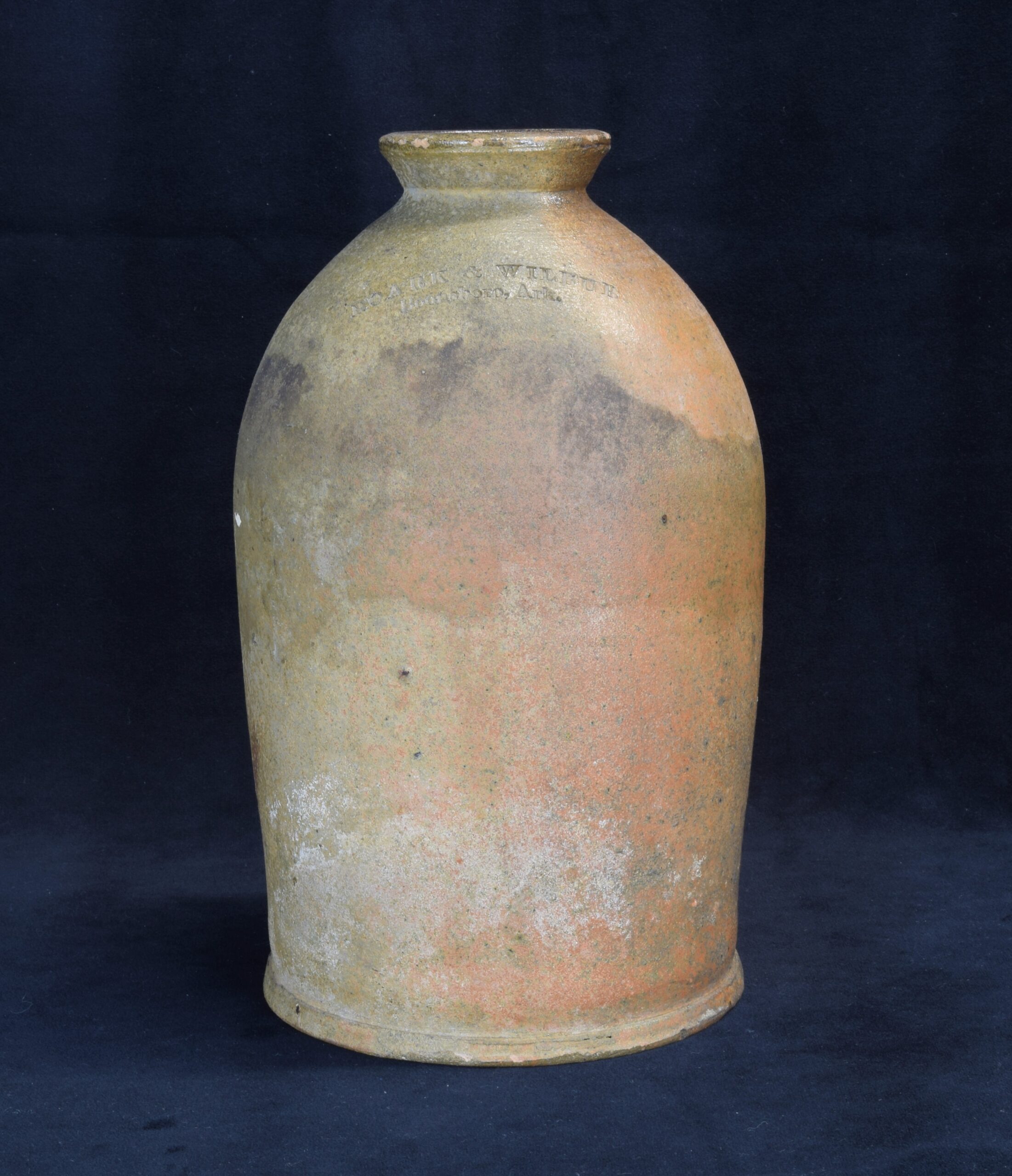
Salt-glazed stoneware jar.
Circa 1868.
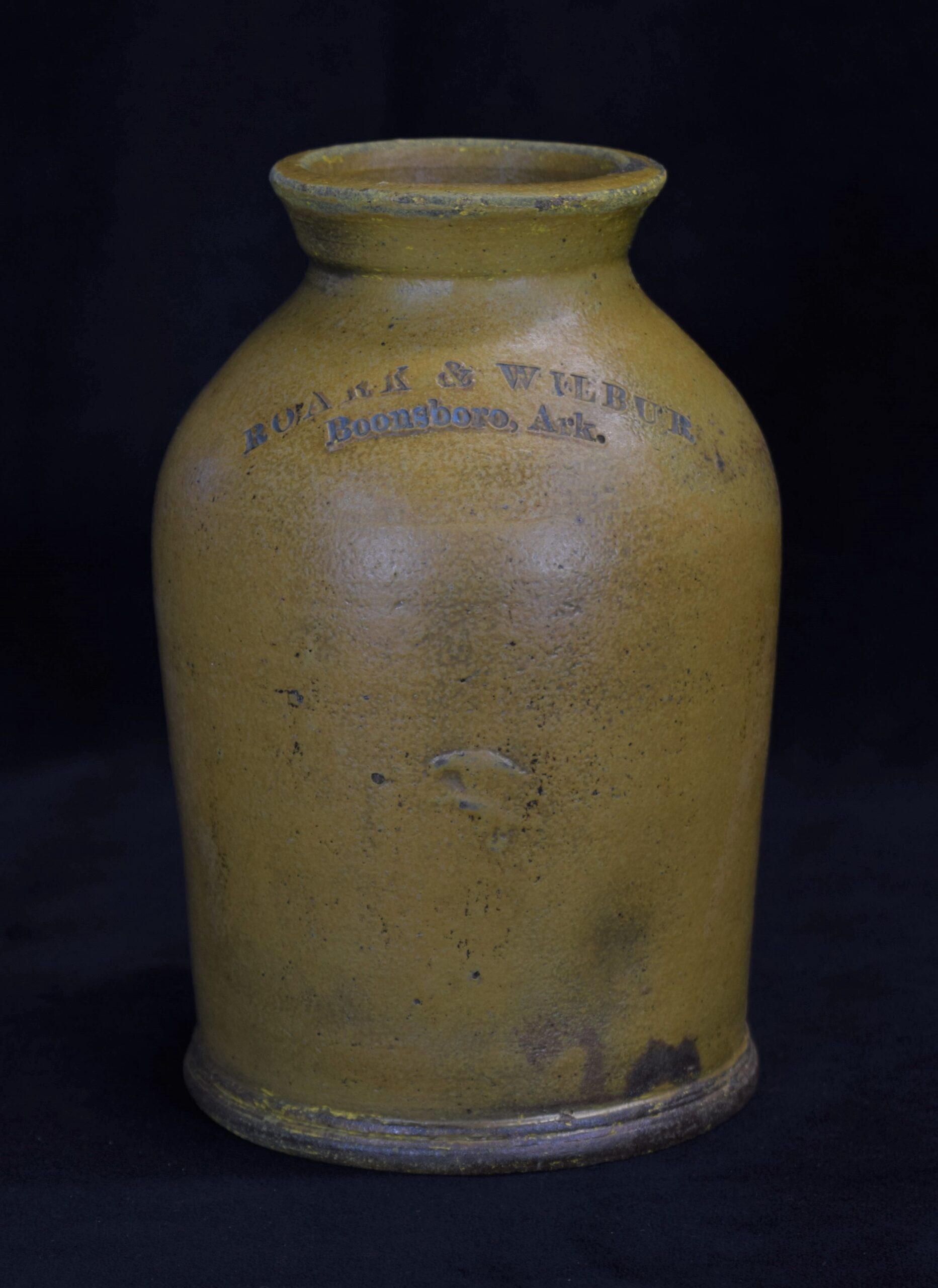
Salt-glazed stoneware canning jar.
Circa 1868.
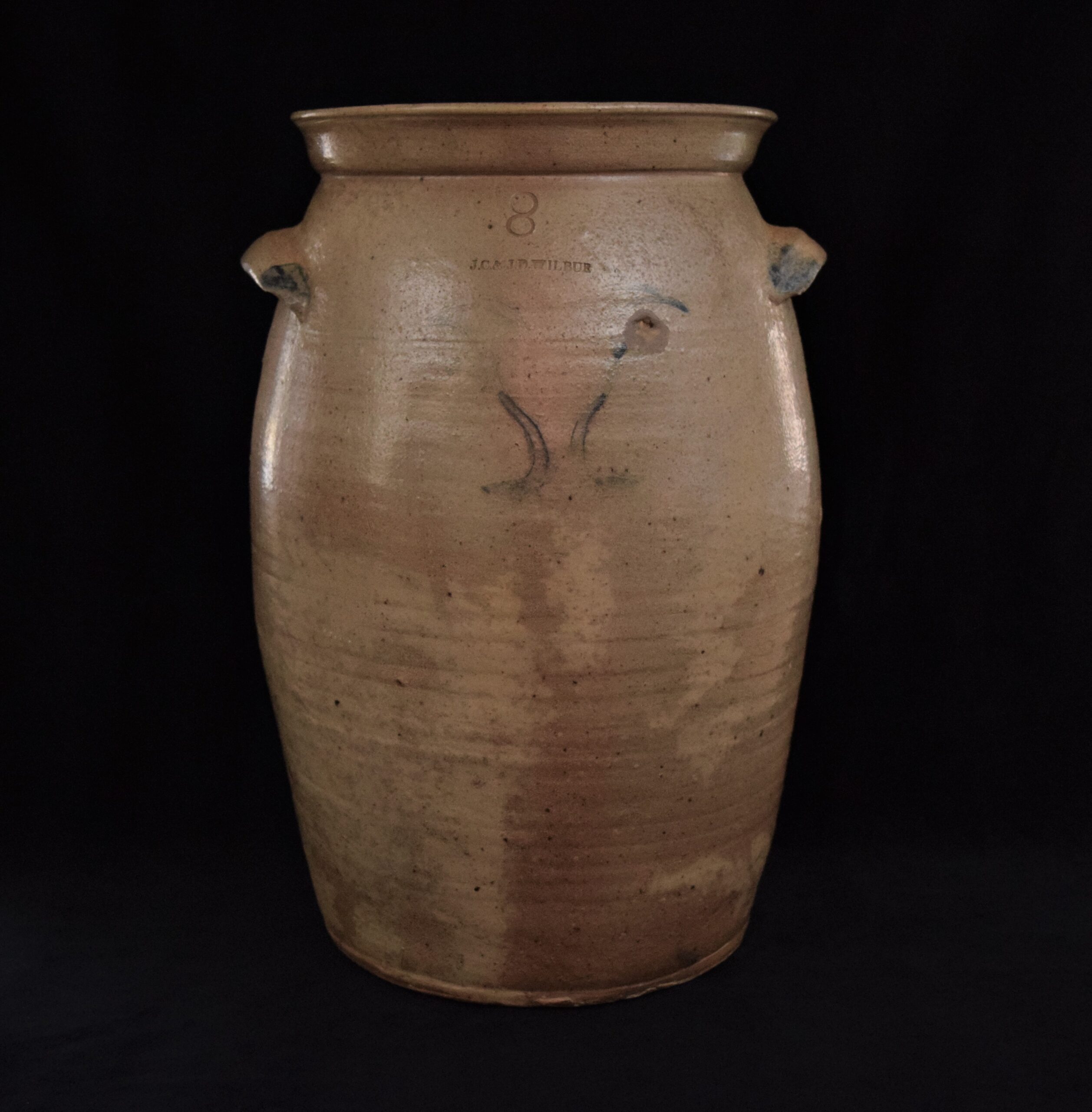
Salt-glazed stoneware churn.
Circa 1850s.
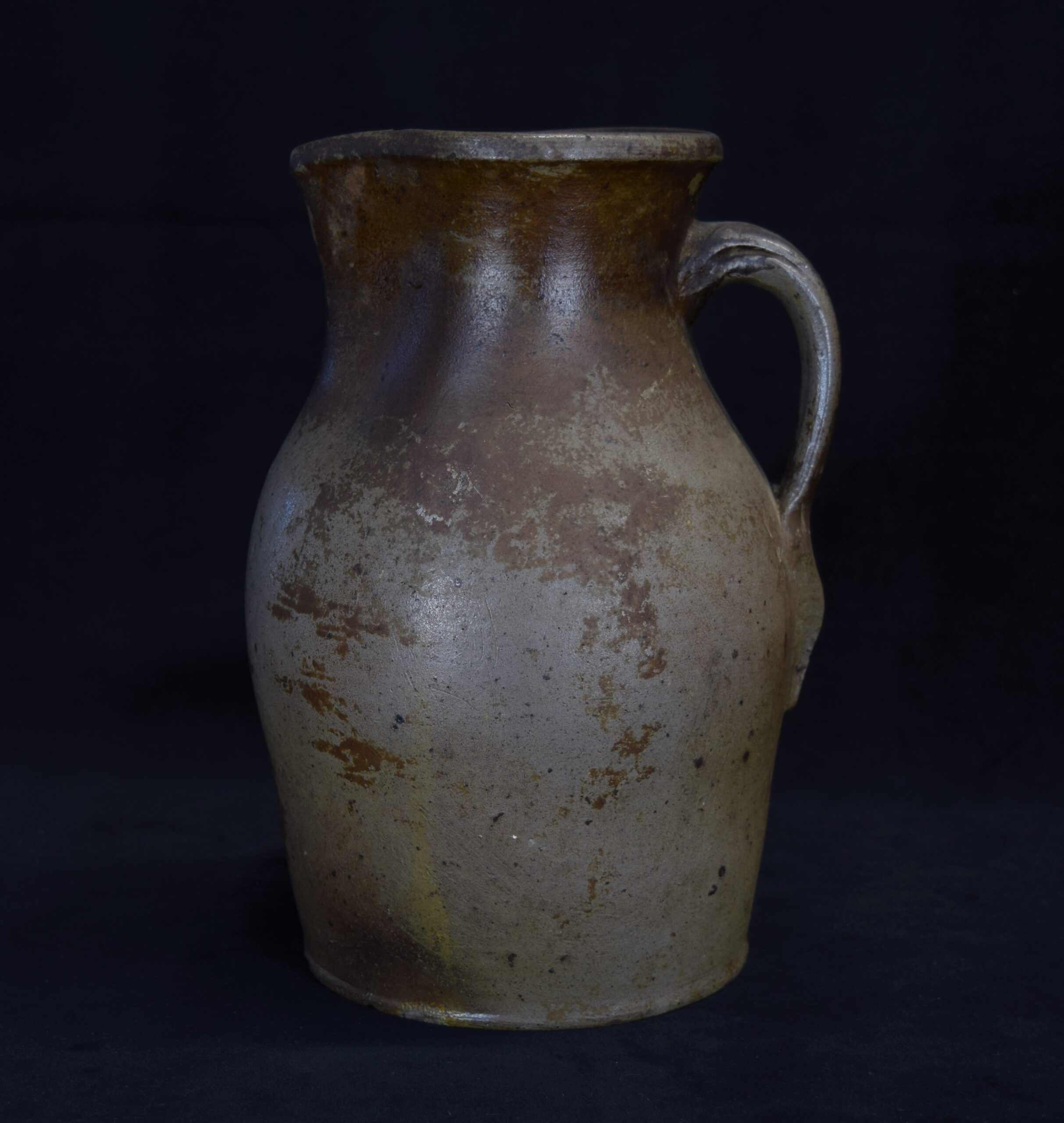
Salt-glazed stoneware pitcher.
Circa 1870s.
19th Century Art
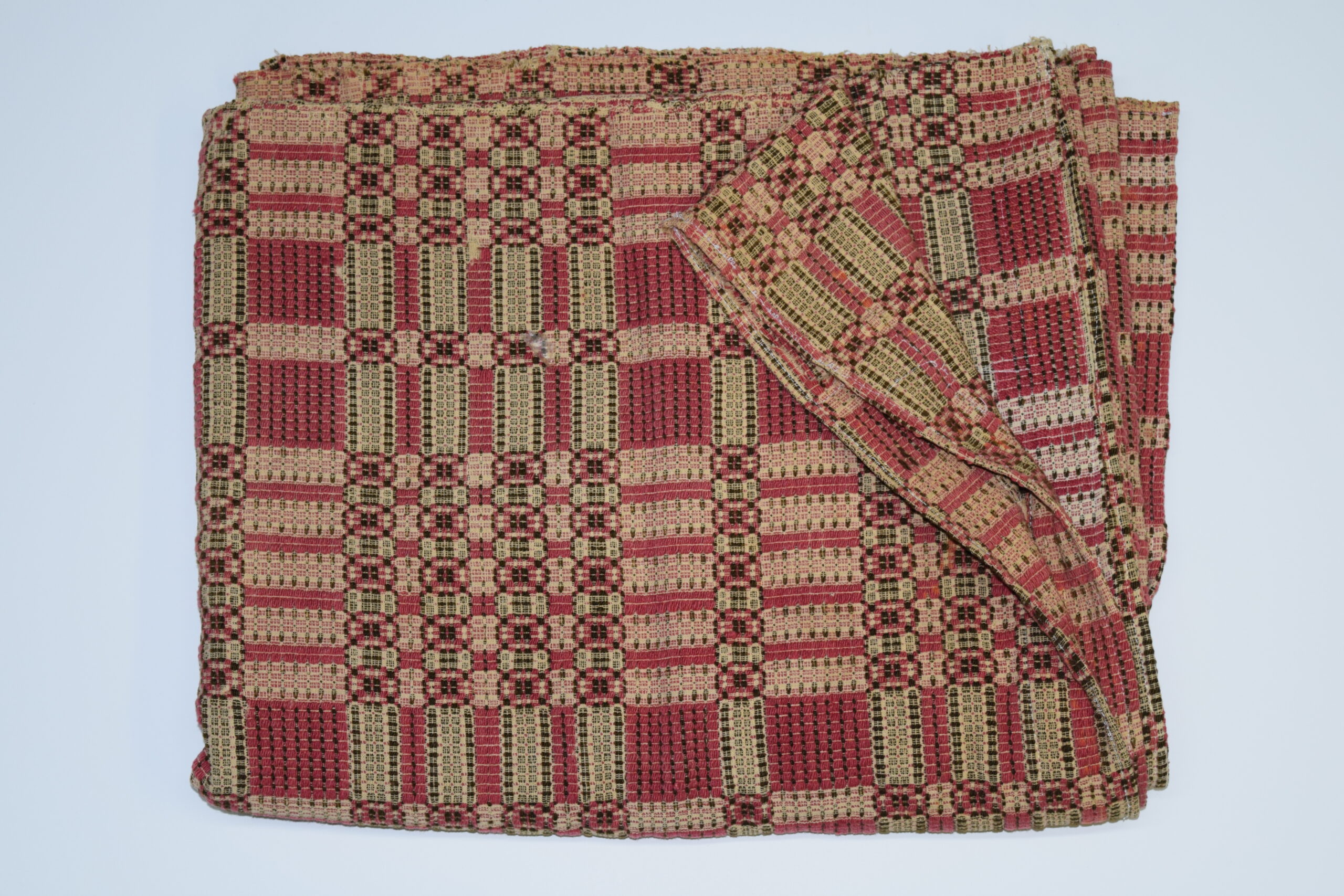
Overshot coverlet.
Mid-19th century. Chariot Wheel variant.
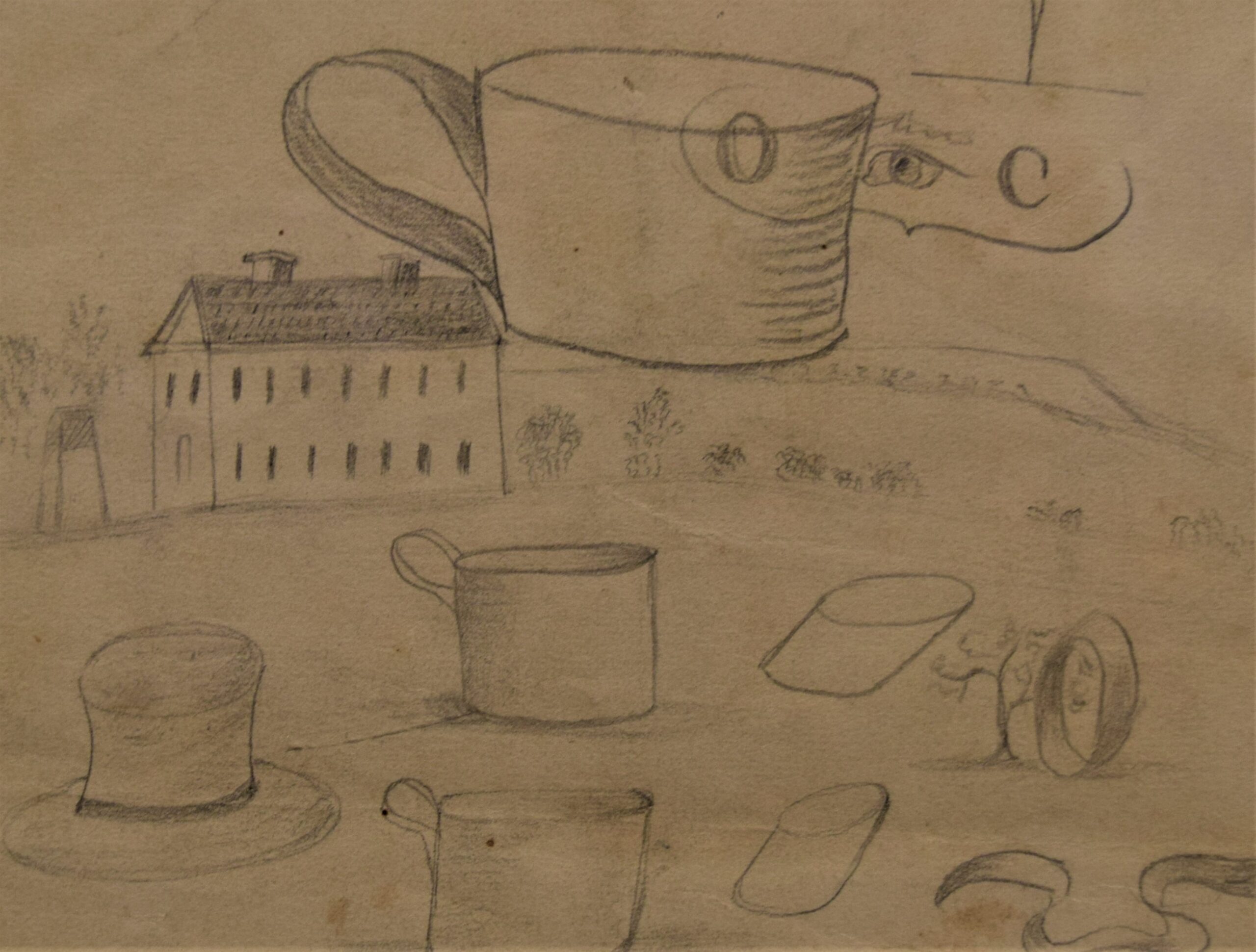
Sketchbook drawing.
Mary Mock. 1877.

Oil on canvas.
Mary Mock. 1877.
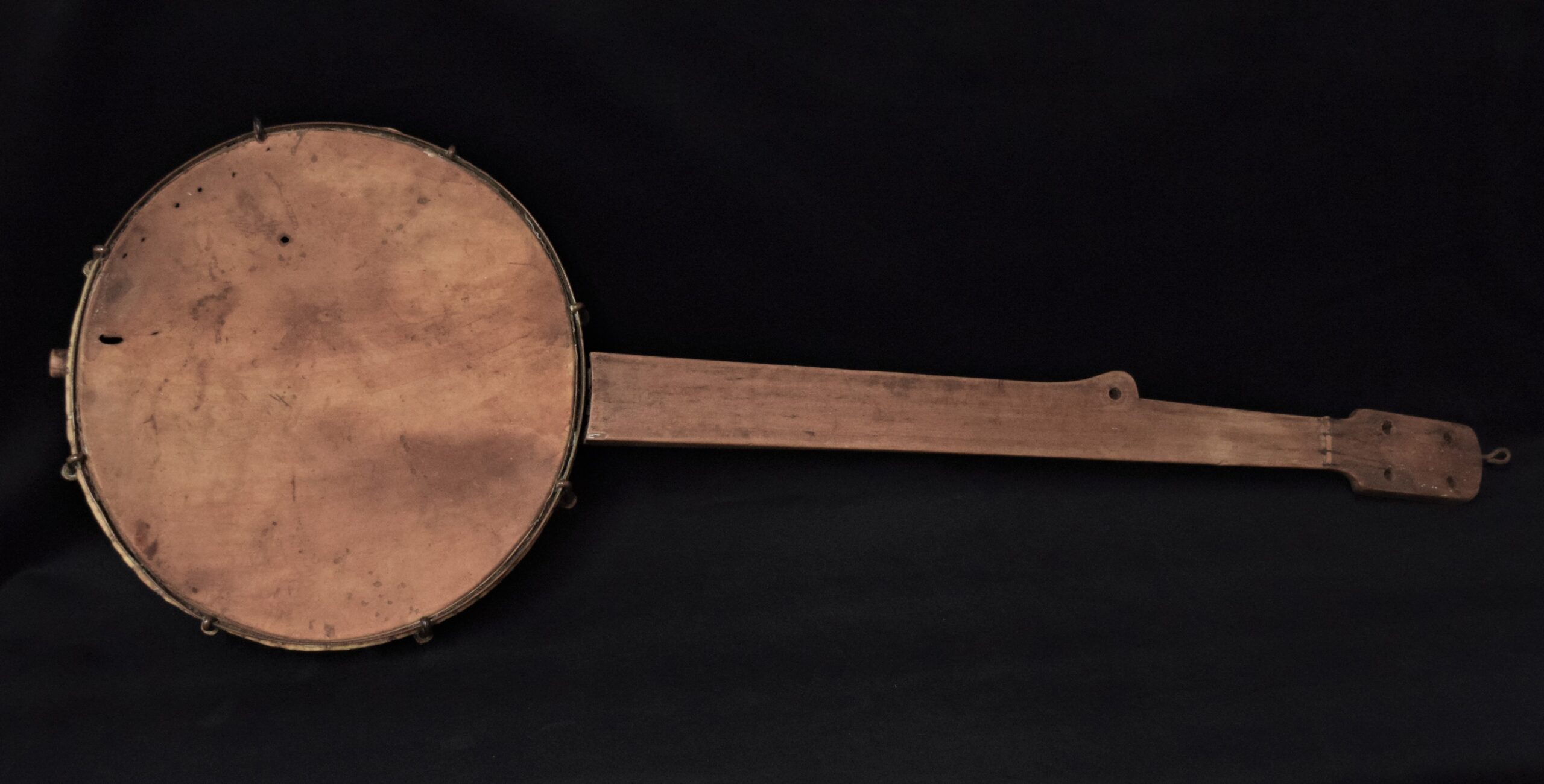
Handmade fretless minstrel-style banjo.
Circa 1840s.
Mills, Merchants, and Men of the Land
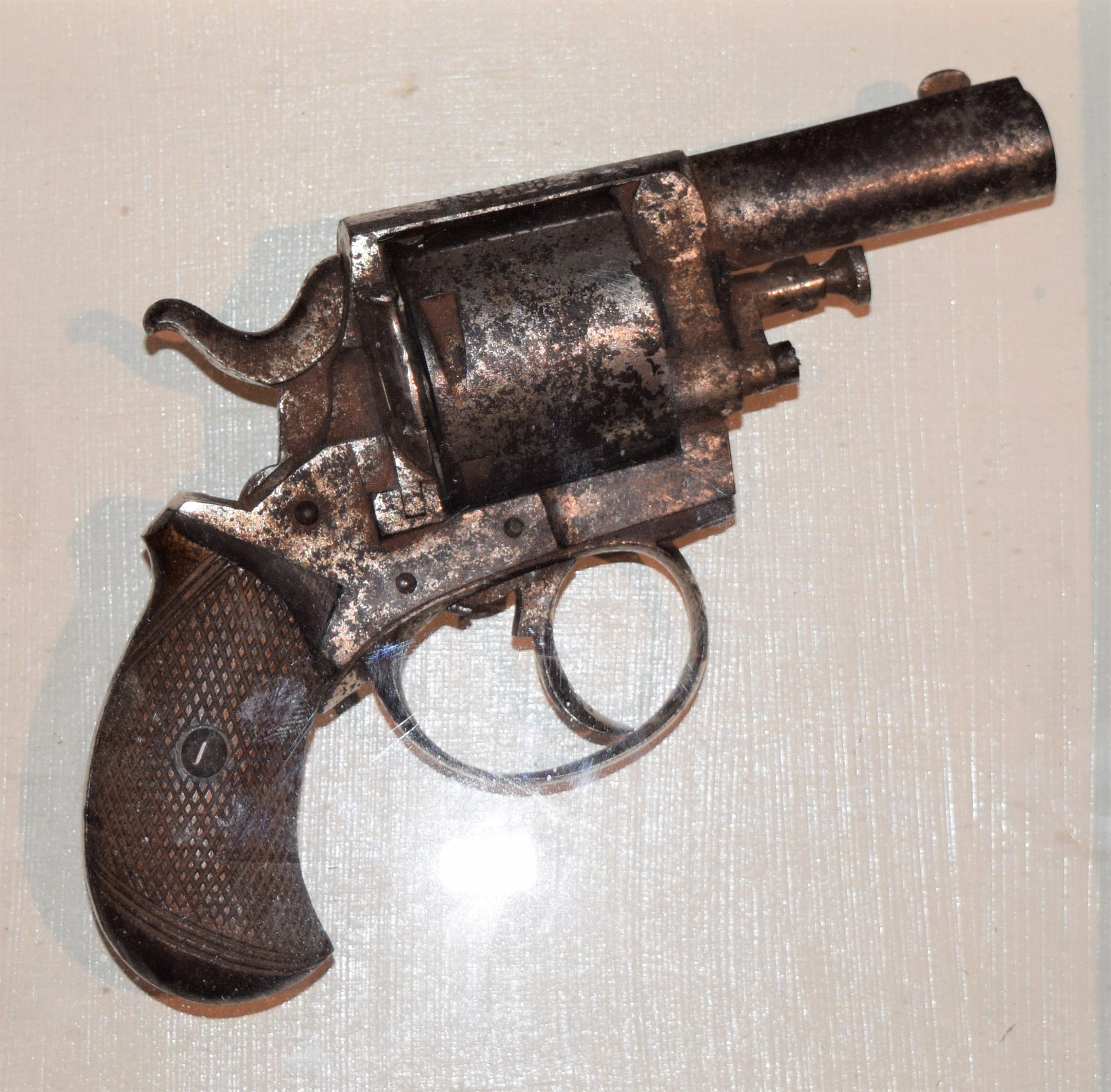
Webley pistol.
Circa late 19th century.
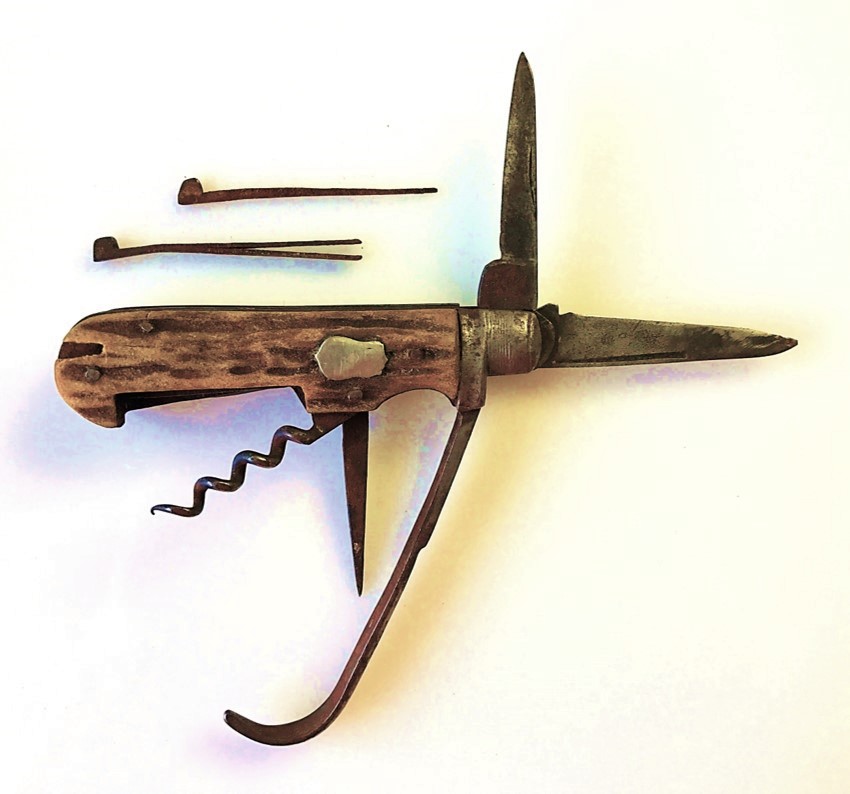
English Horseman’s folding knife.
Circa 1905.
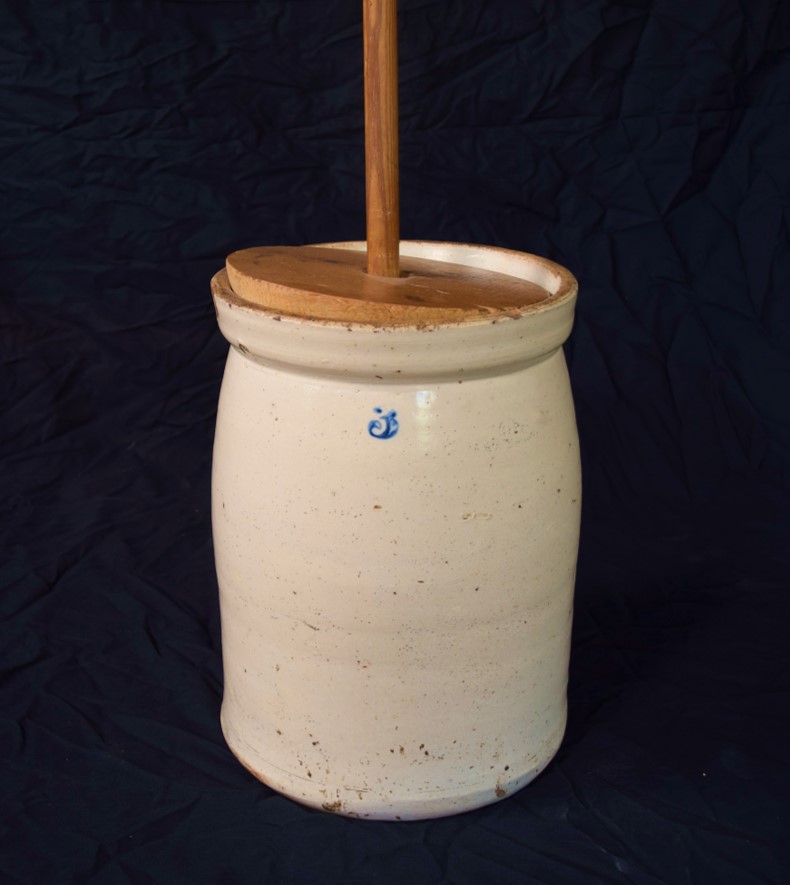
Stoneware churn.
Circa early 20th century.
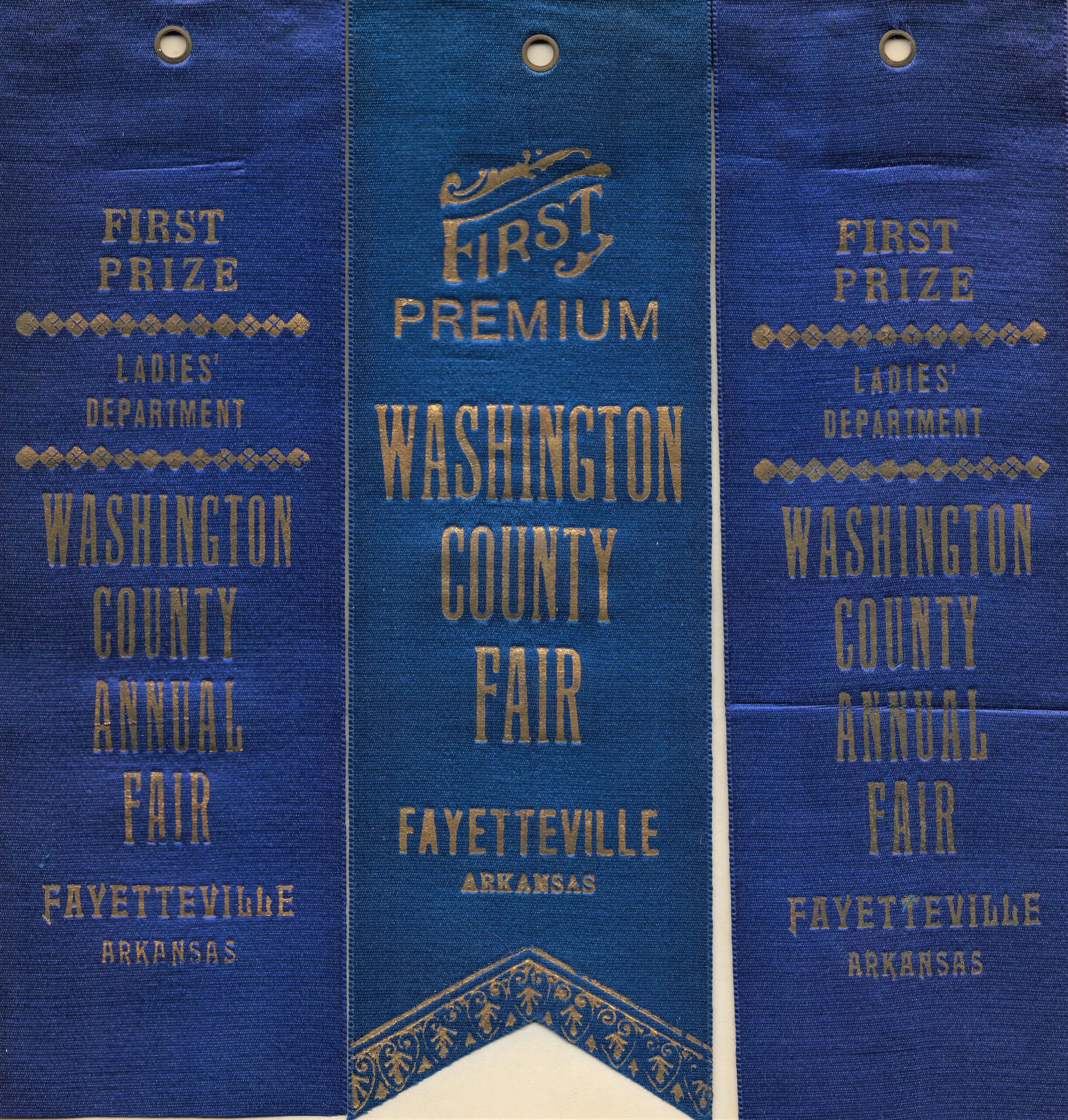
Agriculture fair ribbons.
Circa 1933.